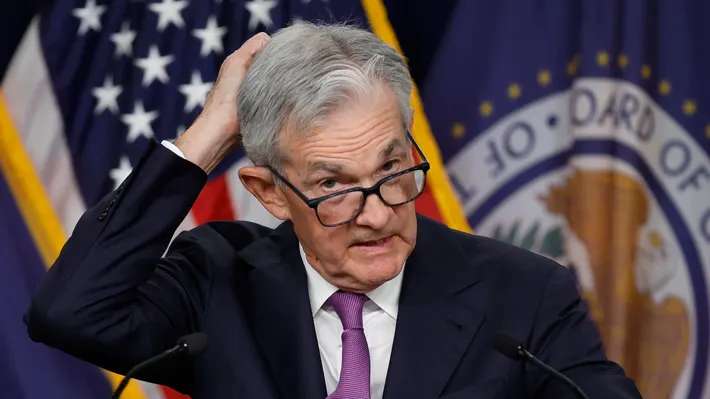Jackson Hole First Day: Three Officials Play Tai Chi Market Turn to Focus on Powell
All three officials declined to give a clear path to a rate cut on the market's concerns.
The annual grand play of global central banks—the Jackson Hole Central Bank Symposium—officially began.
On August 22, the first day of the Jackson Hole meeting, three Federal Reserve officials made their respective statements to the media, including Boston Fed President Susan Collins, Kansas City Fed President Jeffrey Schmid, and Philadelphia Fed President Patrick Harker.
It is worth noting that none of these three have voting rights this year; Collins and Schmid are Federal Reserve voters in 2025, while Harker's voting rights will not take effect until 2026. Despite this, the opinions of the three officials can still guide the market to some extent.
Regarding the market's focus on the issue of interest rate cuts, all three officials refused to provide a clear path for rate cuts and emphasized the importance of data.
Collins said that against the backdrop of "low inflation and a healthy labor market," interest rate cuts are already on the string. Only data can tell us what pace is reasonable, and there is no preset path.
Schmid also believes that interest rate policy should be determined by data. He also called on the Federal Reserve to be patient and refer to more economic data before supporting any decision to start cutting interest rates.
Harker also gave an ambiguous answer, but unlike the other two officials, he clearly pointed out the potential option of "a 50 basis point interest rate cut." He said, "At the moment, I am not in the camp of a 25 basis point cut or a 50 basis point cut—I need to see a few more weeks of data."
Regarding the employment issue that has recently become a focus, the officials' attitudes are slightly divergent.
Collins emphasized that she did not find any "significant danger signals" in the economy. She commented that the revision of the non-farm employment numbers announced by the US Department of Labor on Wednesday was expected, "the unemployment rate is still very low," the labor market is still healthy, and inflation and employment have achieved a better balance.
Harker expressed a different opinion, believing that the job market is obviously weak, but recruitment is in a normal state. Although the US unemployment rate has risen from a low of 3.4% at the beginning of last year to 4.3%, Harker pointed out that the peak of the unemployment rate is expected to be below 5%, taking into account the long-term potential of the job market.
Currently, the market is focusing on the speech of Federal Reserve Chairman Powell on Friday.
The market expects that Powell may not express radical ideas for interest rate cuts at the meeting. Some economists predict that Powell is likely to give a green light for future interest rate cuts in a general way in his speech, while avoiding discussing specific monetary policy paths. Scotiabank also said, "The theme of this meeting may be 'gradual.'"
How to understand gradual? Bank of America Securities believes that the Federal Reserve will cut interest rates twice in the remaining three meetings of this year, each time by 25 basis points, and then cut interest rates once every quarter next year, each time by 25 basis points. By the end of 2025, a total of 150 basis points will be cut.
If this situation is followed, the Federal Reserve will reduce the benchmark interest rate to about 4% by the end of next year, which is consistent with the scenario previously envisioned by the analysis agency BMO Capital Markets.
According to BMO's forecast, the Federal Reserve will first carry out a series of interest rate cuts, first pulling the benchmark interest rate down to the 4% range, and then slowing down the pace of interest rate cuts until the interest rate is reduced to 3% in 2026 (the neutral interest rate the agency believes in).

·Original
Disclaimer: The views in this article are from the original Creator and do not represent the views or position of Hawk Insight. The content of the article is for reference, communication and learning only, and does not constitute investment advice. If it involves copyright issues, please contact us for deletion.